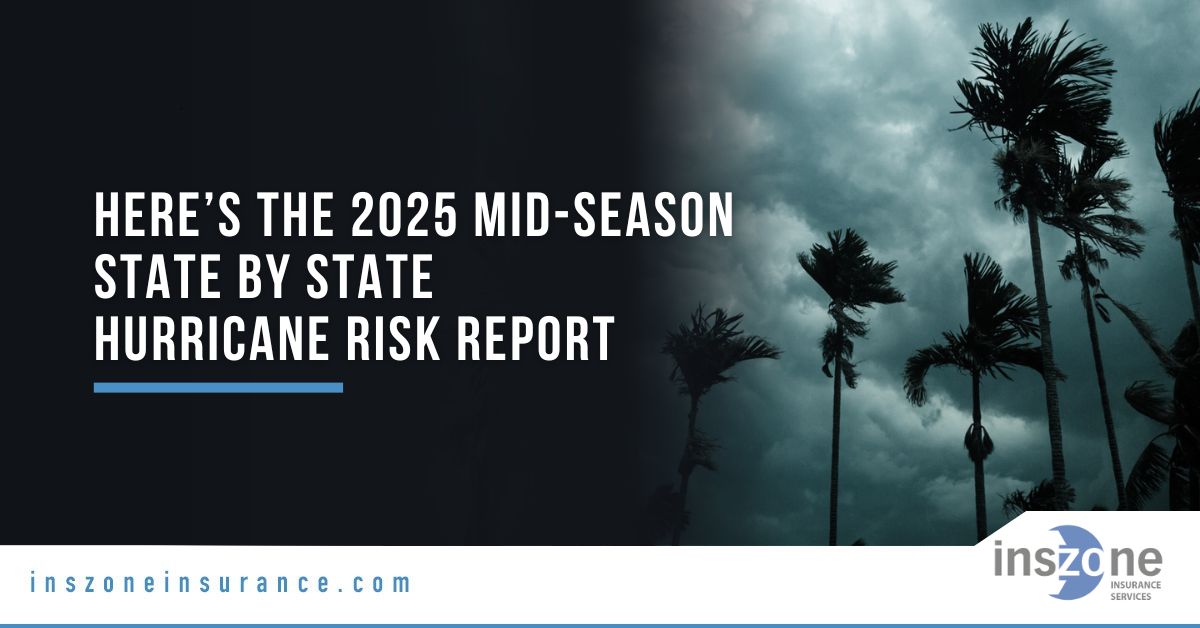The 2025 Atlantic hurricane season has reached halftime, and every coastal resident is now asking the same question: How likely is a hurricane to slam my state between now and November?
Below is a quick, plain-English breakdown of which states face the greatest danger—and why—based on the latest outlooks from NOAA, Colorado State University (CSU) and leading private forecasters.
1. Why experts say 2025 is “above normal”
- NOAA’s July update still calls for 13–19 named storms, 6–10 hurricanes and 3–5 majors, giving the season a 60 % chance of finishing above the long-term average.
- CSU’s 9 July mid-season forecast pegs activity at 115 % of normal and assigns a 48 % chance that a major (Category 3+) hurricane strikes the U.S. coastline, with 31 % odds for the Gulf Coast and 25 % for the East Coast (including Florida).
- AccuWeather forecasters project 3–6 direct U.S. landfalls and warn that record-warm shelf waters near the Gulf and Southeast coasts could super-charge storms right before landfall.
- The tropical Pacific remains ENSO-neutral, a pattern that historically pushes more storms toward the Gulf and Southeast compared with El Niño years.
2. State-by-State Risk Tiers (July 14 → Nov 30, 2025)
| Tier | States | Key Drivers |
|---|---|---|
| Very High | Florida (entire peninsula), Texas, Louisiana | Gulf & western Caribbean hold the warmest waters; steering patterns favor Gulf landfalls; CSU puts Gulf major-hit odds at 31 %. |
| High | Alabama, Mississippi, Georgia, South Carolina, North Carolina | Cape Verde storms often recurve toward the Southeast; marine heatwave can trigger rapid intensification near shore. |
| Moderate | Virginia, Maryland, Delaware, New Jersey, New York | East-Coast major-hit odds 25 % (above normal); stronger upper-level shear keeps biggest worry on surge & flooding remnants. |
| Low (but not zero) | Connecticut, Rhode Island, Massachusetts, New Hampshire, Maine | Direct majors rare, yet warmer shelf waters extend the window for October post-tropical or remnant impacts (e.g., Lee 2023). |
3. What homeowners & businesses should do now
- Update evacuation and family-communication plans—short-staffed forecast offices could delay hyper-local alerts.
- Check or buy flood insurance—policies take up to 30 days to activate.
- Harden property before mid-August: reinforce roofs, trim overhanging limbs, secure loose yard items.
- Inland states: prepare for multi-day power outages and flash flooding along rivers even if you’re hundreds of miles from the coast.
4. The bottom line
The first half of the season was quiet, but the atmosphere is loading the dice for an active late summer and fall. Florida, Texas and Louisiana sit in the bull’s-eye, but every Atlantic and Gulf Coast state—from Brownsville to Bangor—should stay hurricane-ready through Thanksgiving week.
Stay alert, keep your emergency kit current, and monitor your local National Weather Service office for watches and warnings. One storm is all it takes.
Sources
- NOAA — “NOAA Predicts Above-Normal 2025 Atlantic Hurricane Season”
- Colorado State University — “Forecast of Atlantic Seasonal Hurricane Activity and Landfall Strike Probability for 2025” (PDF, 9 July 2025)
- AccuWeather — “Hurricane Season Forecast 2025: 13–18 Named Storms, 3–6 Direct U.S. Impacts”
- NOAA Climate.gov — “ENSO Update: Neutral Conditions Holding as of July 2025”
- The Washington Post — “Unusually Warm Gulf Keeps 2025 Flood Threat High”





